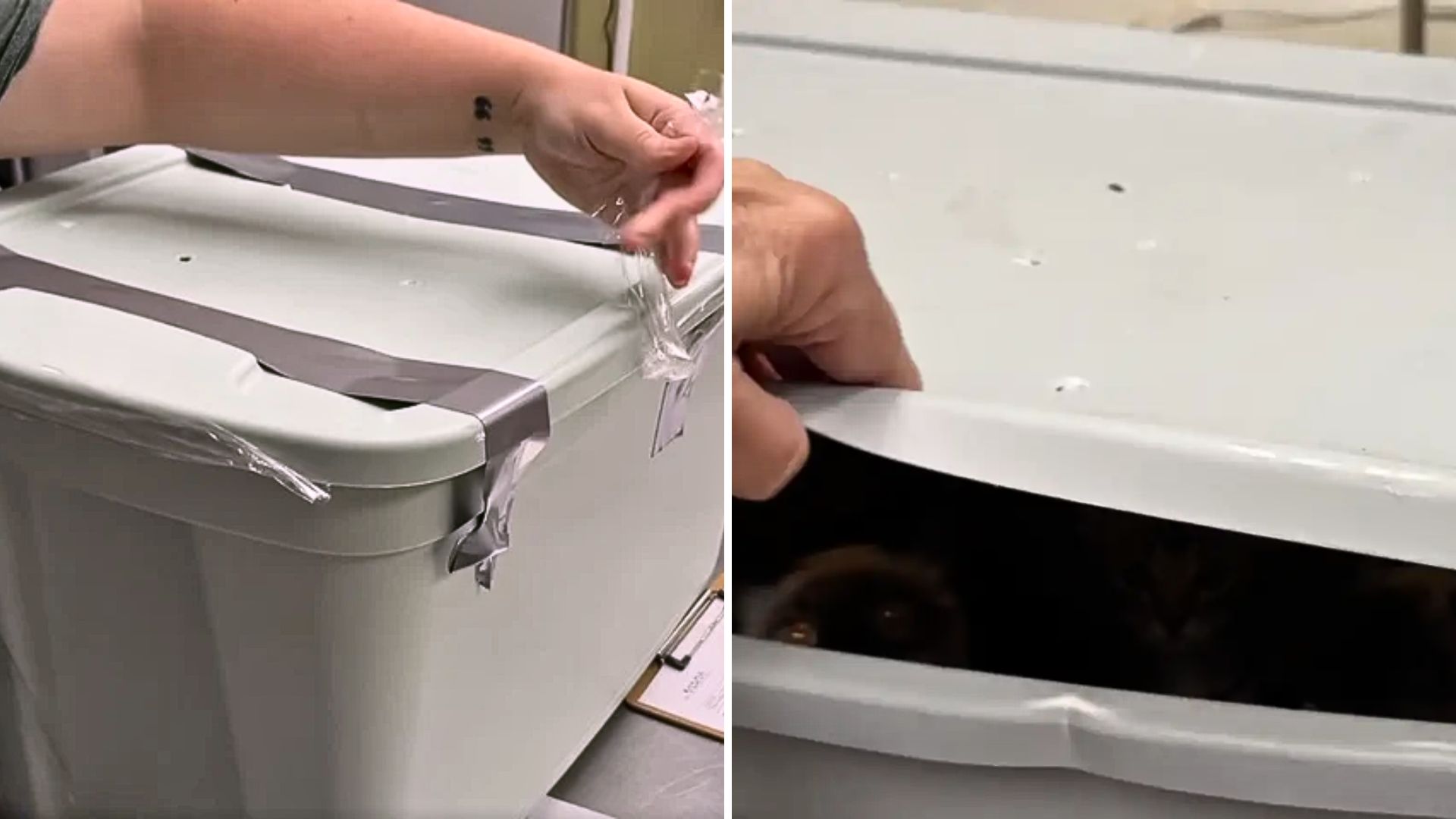The strange appearance of the mata mata turtle is the result of a long evolutionary process, giving them excellent camouflage abilities with a shell that resembles tree bark and a head that resembles fallen leaves when viewed from above.

Found in the Amazon basin and river systems in the Eastern Guianas, South America, the mata mata turtle (Chelus fimbriata) looks like a creature from a science fiction movie. Photo: ET.

As a large turtle, adult mata mata turtles can be more than 1 meter long and weigh over 20 kg. The shell of this turtle is oblong, brown or black, with three rows of ridges similar to the crocodile turtle. Photo: J. Patrick Fischer.

The mata mata turtle’s head is flat, triangular in shape, with many bumps and flaps of skin, and a “spike” on its long, tubular snout. Three whiskers appear on the chin and four additional whiskers on the upper jaw. Photo: Heritage Daily.

The plastron of the mata mata tortoise is small, narrow, hingeless, shortened at the front and deeply notched at the back with narrow joints. Photo: Biolib.cz.

The strange appearance of the mata mata turtle is the result of a long evolutionary process, giving them excellent camouflage abilities with a shell that resembles tree bark and a head that resembles fallen leaves when viewed from above. Photo: Honolulu Zoo.

In the wild, this turtle lives in slow-moving streams, stagnant puddles, and swamps. They like to stand in shallow water, where their snouts can reach the water’s surface to breathe. Photo: Honolulu Zoo.

The mata mata turtle spends most of the day motionless, blending into the surrounding vegetation waiting for an opportunity to feed. Photo: Everywhere Wild.

When fish of the right size approach, the turtle will stick out its head and open its mouth as wide as possible, creating a low-pressure vacuum environment to suck the prey into its mouth. Photo: Reptiles4all.

When the turtle closed its mouth, the water slowly flowed out and the fish was swallowed whole. Due to the special mouth structure, the mata mata turtle can only swallow prey but cannot chew it. Photo: iNaturalist.

In addition to fish, mata mata turtles also eat aquatic invertebrates (worms, clams, crustaceans, insects…) and in rarer cases they eat small birds, frogs or small mammals. falling water. Photo: Joel Sartore.

In terms of reproduction, mata mata turtles from October to December. About 12 to 28 eggs are laid in a clutch. Each egg is spherical, about 35 mm in diameter. Photo: Treehugger.

In the pet market, due to its impressive shape, Mata Mata turtles are sought after by many people at very high prices. They are said to be quite easy to raise and do not require a large tank area due to their inactive nature. Photo: Earthly Mission.

In terms of conservation, the mata mata turtle is listed in CITES Appendix II, which includes species that are not threatened with extinction, but trade in specimens of these species must be controlled to prevent them from becoming endangered. threatened with extinction. Photo: Mary Youngs / Flickr.





